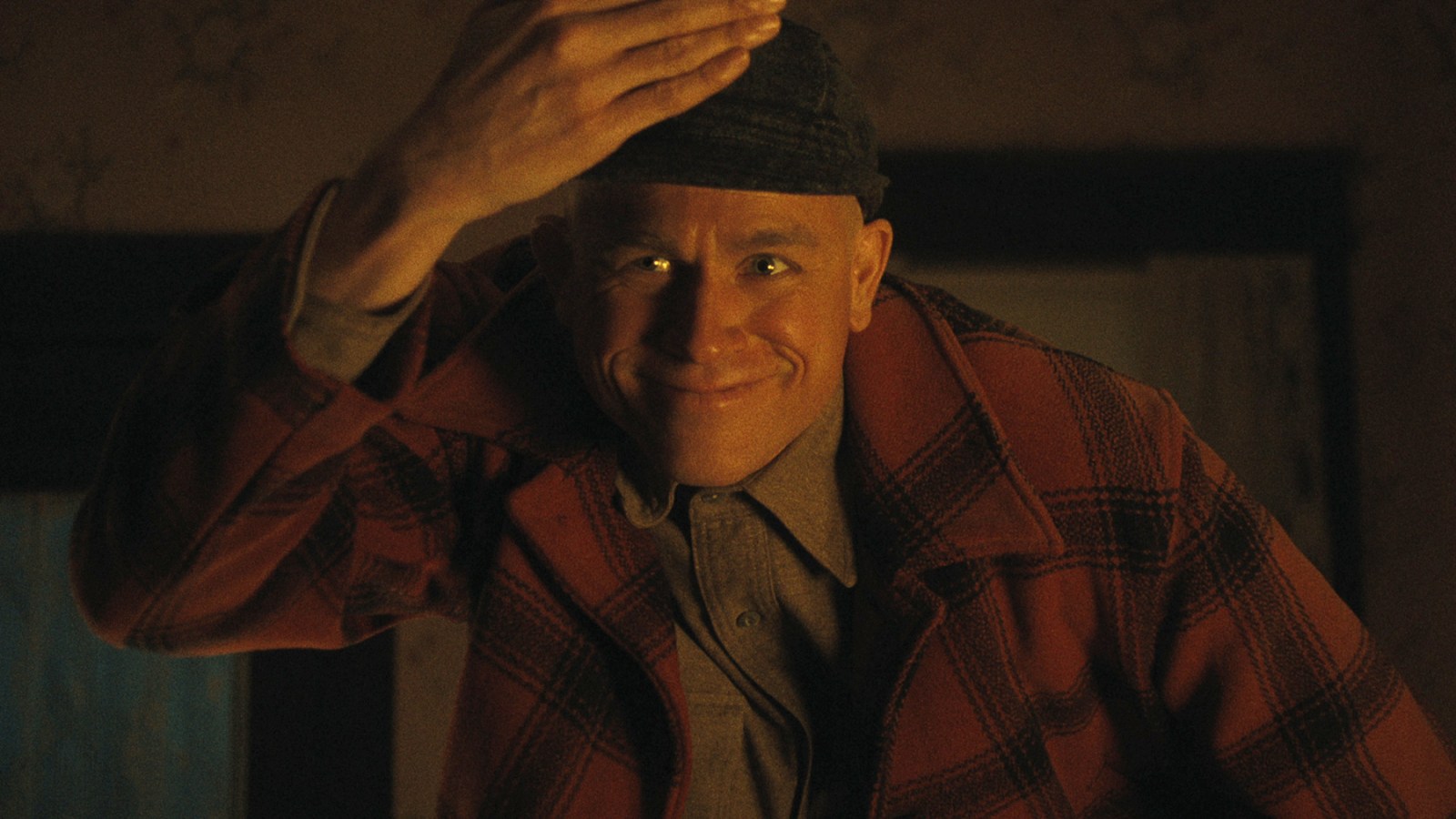Shailene Woodley…
Category: 5. Entertainment
-

Victoria Beckham tries to make peace with estranged son Brooklyn Beckham
The Beckhams are not picture perfect. Victoria Beckham is desperately trying to make peace with her estranged son, Brooklyn Beckham. Radar Online has reported via an insider source that Victoria is trying to reach out to her son and…
Continue Reading
-

7 Podcasts to Listen to After the Series
From deep dives into the notorious killer to explorations of Psycho and the Holocaust, learn the real history behind Ryan Murphy’s Netflix hit
Producer Ryan Murphy loves to blur the line between fact…
Continue Reading
-

Julianne Moore eager to check off THIS item from career bucket list
Julianne Moore has…
Continue Reading
-

Victoria Justice reveals real reason for clash with Taylor Swift
Taylor Swift’s album The…
Continue Reading
-

Prince Andrew told Jeffrey Epstein ‘we’re in this together’ in 2011 email | Prince Andrew
Prince Andrew told Jeffrey Epstein in an email “we are in this together” after a picture of the British royal with his arm around a teenage Virginia Giuffre was first published in 2011.
The email will pile further pressure on Duke of York and…
Continue Reading
-

Prince Harry and Meghan Markle make pit stop in NYC to meet old friend

‘Death to Spotify’: the DIY movement to get artists and fans to quit the music app | Spotify
This month, indie musicians in San Francisco gathered for a series of talks called Death to Spotify, where attenders explored “what it means to decentralize music discovery, production and listening from capitalist economies”.
The events, held…
Continue Reading
Thanks to AI, Our Faces No Longer Belong to Us – The Wall Street Journal
- Thanks to AI, Our Faces No Longer Belong to Us The Wall Street Journal
- AI-pocalypse Now: The New Identity Thieves The Times of India
- Selling ourselves, pixel by pixel: The real risk of Gemini’s 3D images EastMojo
- AI Just Crossed the Line – How…
Continue Reading

